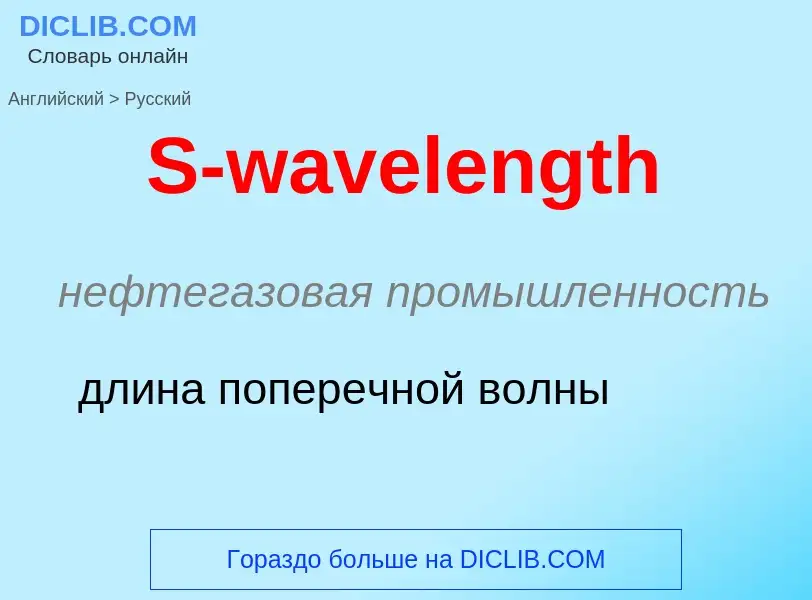Traduzione e analisi delle parole tramite l'intelligenza artificiale ChatGPT
In questa pagina puoi ottenere un'analisi dettagliata di una parola o frase, prodotta utilizzando la migliore tecnologia di intelligenza artificiale fino ad oggi:
- come viene usata la parola
- frequenza di utilizzo
- è usato più spesso nel discorso orale o scritto
- opzioni di traduzione delle parole
- esempi di utilizzo (varie frasi con traduzione)
- etimologia
S-wavelength - traduzione in russo
нефтегазовая промышленность
длина поперечной волны
Definizione
Wikipedia
In physics, the thermal de Broglie wavelength (, sometimes also denoted by ) is roughly the average de Broglie wavelength of particles in an ideal gas at the specified temperature. We can take the average interparticle spacing in the gas to be approximately (V/N)1/3 where V is the volume and N is the number of particles. When the thermal de Broglie wavelength is much smaller than the interparticle distance, the gas can be considered to be a classical or Maxwell–Boltzmann gas. On the other hand, when the thermal de Broglie wavelength is on the order of or larger than the interparticle distance, quantum effects will dominate and the gas must be treated as a Fermi gas or a Bose gas, depending on the nature of the gas particles. The critical temperature is the transition point between these two regimes, and at this critical temperature, the thermal wavelength will be approximately equal to the interparticle distance. That is, the quantum nature of the gas will be evident for
i.e., when the interparticle distance is less than the thermal de Broglie wavelength; in this case the gas will obey Bose–Einstein statistics or Fermi–Dirac statistics, whichever is appropriate. This is for example the case for electrons in a typical metal at T = 300 K, where the electron gas obeys Fermi–Dirac statistics, or in a Bose–Einstein condensate. On the other hand, for
i.e., when the interparticle distance is much larger than the thermal de Broglie wavelength, the gas will obey Maxwell–Boltzmann statistics. Such is the case for molecular or atomic gases at room temperature, and for thermal neutrons produced by a neutron source.


![envelope]]. envelope]].](https://commons.wikimedia.org/wiki/Special:FilePath/Double-slit diffraction pattern.png?width=200)



.gif?width=200)
